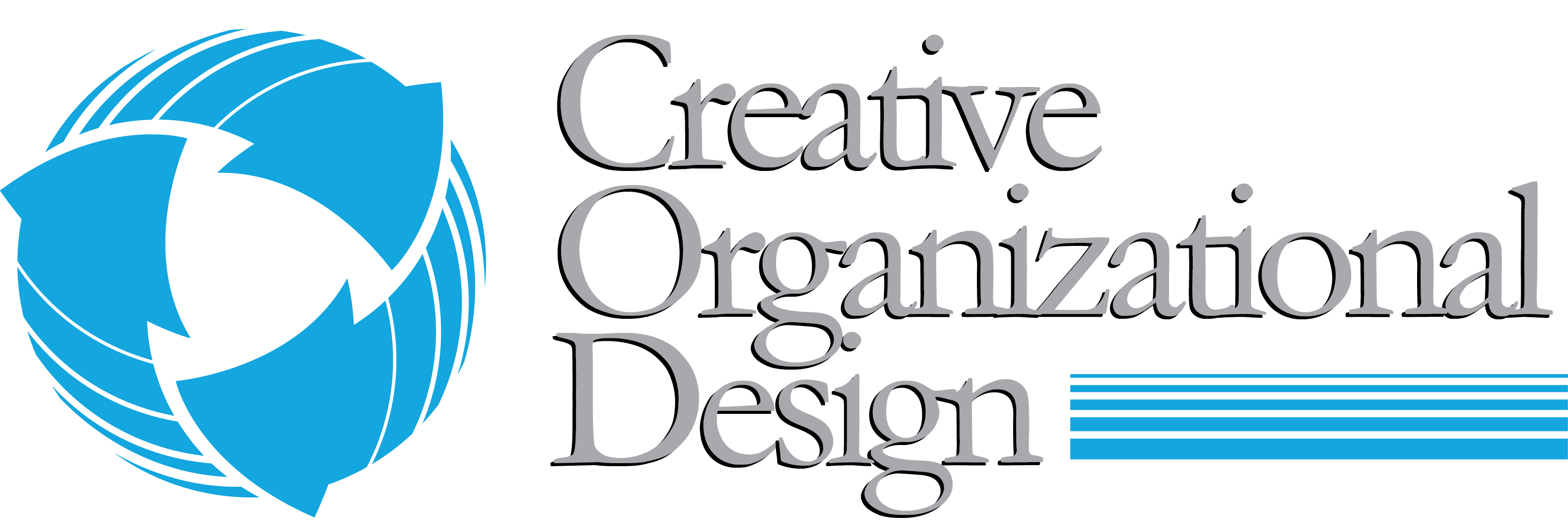Job Stress Survey
Use the Job Stress Survey to assess sources of work-related stress and measure components of occupational stress associated with the job itself, and with supervisors, coworkers, or the policies and procedures of the organization.
About this Test
Use the Job Stress Survey to assess sources of work-related stress and measure components of occupational stress associated with the job itself, and with supervisors, coworkers, or the policies and procedures of the organization.
Want more information about this test? Get it now. Please REQUEST MORE INFO and we’ll reply promptly.
Not the perfect fit? No problem. We have many similar tests to choose from. See alternatives in the STRESS MANAGEMENT category section of our site.
The Job Stress Survey was developed to assess sources of work-related stress. It provides valuable information about the specific aspects of a particular job or work environment that may be good targets for job redesign, organizational change, or other interventions. The client indicates on a scale of 0 to 9+ days how often each JSS stressor event has occurred during the preceding 6 months.
The JSS Includes:
- Severity and Frequency scales provide information on the average level of perceived severity and frequency of occurrence.
- The Stress Index assesses the client’s overall level of stress based on the combined severity and frequency ratings.
- The 10-item JSS subscales measure components of occupational stress associated with the job itself (i.e., Job Pressure) and with supervisors, coworkers, or the policies and procedures of the organization (i.e., Lack of Organizational Support).
Numerous studies have linked stress to impaired performance in the workplace. Occupational stress affects productivity, absenteeism, accidents, worker turnover and stress-related health problems that all cost companies large amounts of money every year. By identifying major sources of stress in a workplace, management can help to identify changes in the work environment and other interventions that will reduce stress and increase productivity.
The Job Stress Survey was developed to assess generic sources of work-related stress experienced by men and women in a wide variety of business, industrial and educational settings. It can help you compare stress levels among employees in different departments or divisions within the same organization.
The JSS Measures the Following Factors:
- Assignment of disagreeable duties
- Working overtime
- Lack of opportunity for advancement
- Assignment of new or unfamiliar duties
- Fellow workers not doing their jobs
- Inadequate support by supervisor
- Dealing with crisis situations
- Lack of recognition for good work
- Performing tasks not in job description
- Inadequate or poor quality equipment
- Assignment of increased responsibility
- Periods of inactivity
- Difficulty getting along with supervisor
- Experiencing negative attitudes toward the organization
- Insufficient personnel to handle an assignment
- Making critical on-the-spot decisions
- Personal insult from customer/consumer/colleague
- Lack of participation in policy-making decisions
- Inadequate salary
- Competition for advancement
- Poor or inadequate supervision
- Noisy work area
- Frequent interruptions
- Frequent changes from boring to demanding duties
- Excessive paperwork
- Meeting deadlines
- Insufficient personal time
- Covering work for another employee
- Poorly motivated coworkers
- Conflicts with other department
- Severity and Frequency scales – providing information on the average level of perceived severity and frequency of occurrence of the 30 JSS stressor events.
- Stress Index – assesses the overall level of stress based on the combined severity and frequency ratings of all 30 stressor events.
- 10-Item Subscales – measure components of occupational stress associated with the job itself (Job Pressure) and the lack of support from co-workers or the policies and procedures of the organization (Lack of Organizational Support).
Other details about this test:
• It assesses 30 job-related stressor events,
• It is written at the grade 6 reading level,
• A 9-point rating scale assesses the perceived severity of the stressor event,
• Respondents indicate on a 0 – 9 day scale, how often each event has occurred during the preceding 6 months,
• The test can be computer or hand scored,
• Norms are provided based on adults employed in business, industry, university and military settings,
• Gender-specific and gender-combined norms are provided
The JSS is a B-Level Product:
A degree from an accredited 4-year college or university in Psychology, Counseling, or a closely related field PLUS satisfactory completion of coursework in Test Interpretation, Psychometrics and Measurement Theory, Educational Statistics, or a closely related area; OR license or certification from an agency that requires appropriate training and experience in the ethical and competent use of psychological tests.
Additional information
| Appropriate For | |
|---|---|
| Administration Time | |
| Format | |
| Scoring Options | |
| Language | |
| Legal in Canada? |
Use the Job Stress Survey to assess sources of work-related stress and measure components of occupational stress associated with the job itself, and with supervisors, coworkers, or the policies and procedures of the organization.
Not sure which test fits your needs?
We can help you to make the right choice.
